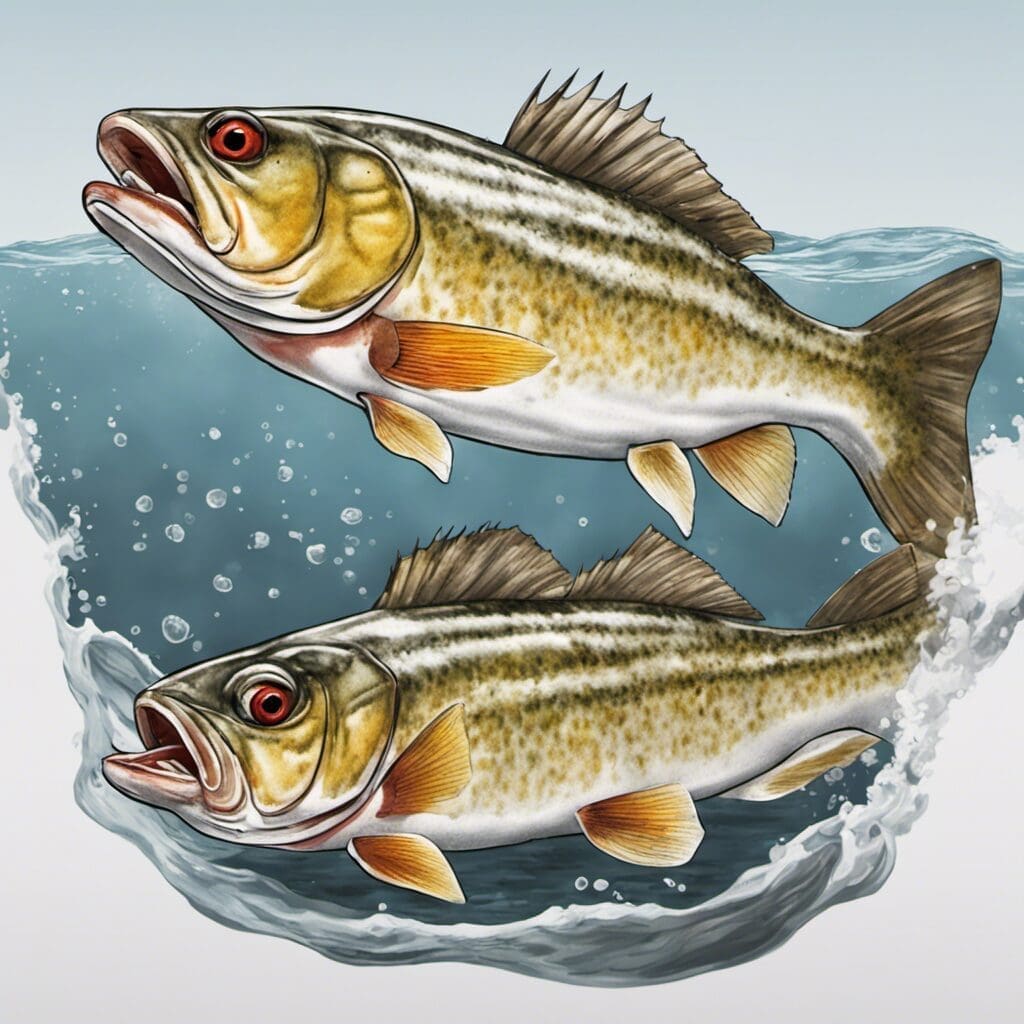Introduction
The Weakfish, known scientifically as Cynoscion regalis, is a game fish from the family Sciaenidae. It is also known as the term Sea Trout in certain regions although it is not a trout species.
Conservation Status
The conservation status for the weakfish is “Vulnerable” according to the International Game Fish Association. Conservation efforts in relation to this particular species are centered around habitat preservation, management of fishing pressures, and direct stocking in areas where their populations have subsided.
Statistics
| Statistic | Average | Range |
|---|---|---|
| Length | 18 inches | 12 – 37 inches |
| Weight | 1-2 pounds | 1 – 19 pounds |
| Lifespan | 9 years |
Distribution
The weakfish are commonly found along the Atlantic Coast of North America, stretching from Maine to Florida and around to the Gulf of Mexico. They migrate toward offshore waters and southward during late summer and autumn, and return to nearshore waters and move north in the spring.
Habitats
Weakfish favor brackish and saltwater environments particularly along coastal areas, bays and estuaries. They typically hang out in depths of up to 35 feet and prefer water temperatures in the range of 48–77 degrees Fahrenheit.
When and Where to See
Weakfish are most active in the late spring and early fall season. The best time to spot them are during dawn and dusk when they come close to shore to feed.
Best Fishing Locations
- Chesapeake Bay – Maryland/Virginia
- Delaware Bay – Delaware/New Jersey
- Hudson River - New York
- Long Island Sound – New York/Connecticut
- Pamlico Sound – North Carolina
- Tampa Bay – Florida
- Mobile Bay – Alabama
- Grand Isle – Louisiana
- Indian River – Florida
- Coast of Maine
How to catch
Weakfish respond well to crab, shrimp and squid baits and are receptive to both artificial lures and live bait. They can be caught via trolling or casting from both boats and the shore. The best time to catch weakfish is during the night or the early morning.
Identification Guide
Typically, weakfish have a dull green back, with silvery or brassy sides and a white underbelly. They can be differentiated from similar species by the presence of one to two fang-like teeth at the tip of the upper jaw.
Culinary
Weakfish are edible and their meat has a delicate, sweet flavor. It is frequently grilled, baked or pan-fried. Nutritional information varies but weakfish typically contain high levels of protein and omega-3 fatty acids.
Additional Information
Their feeding habits generally consist of shrimp, crabs, and smaller fish. Natural predators include larger fish species like striped bass and various shark species. Human induced threats primarily involve overfishing.
Their name “Weakfish” comes from the weakness of their mouths – hooks tend to tear free, allowing the fish to escape.

